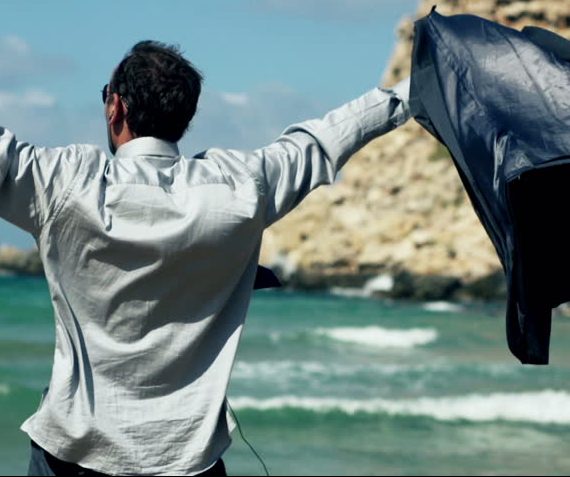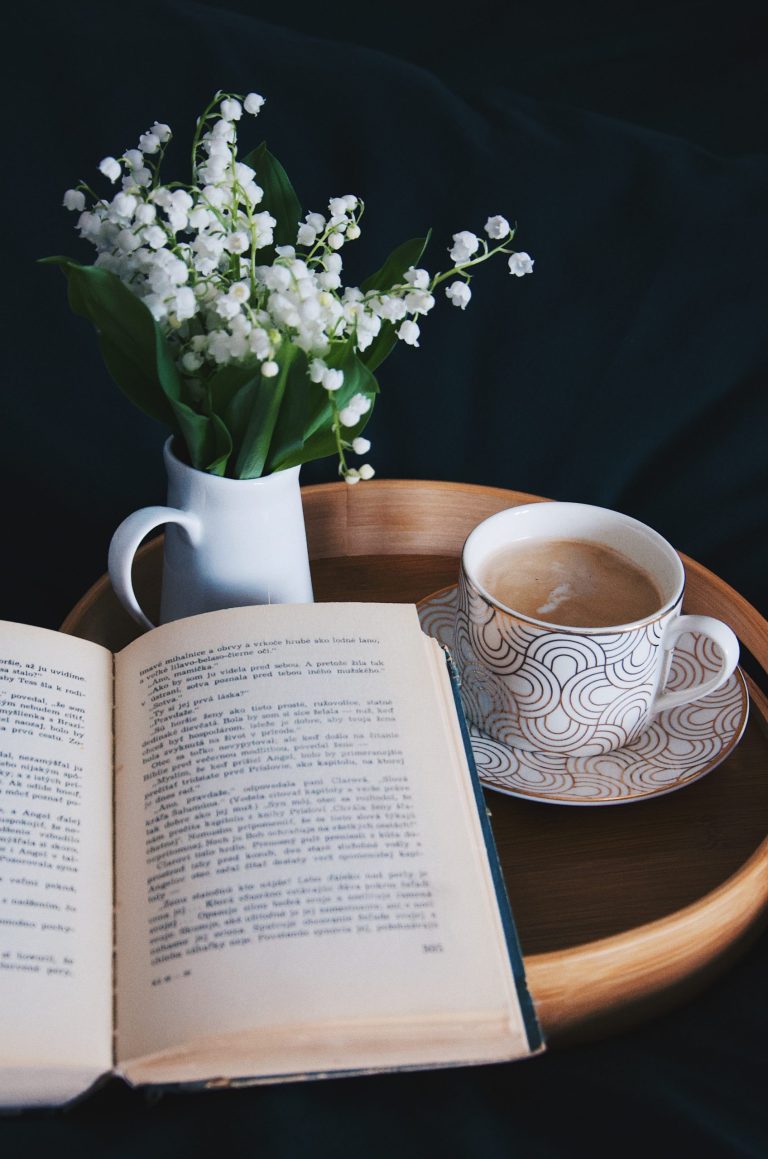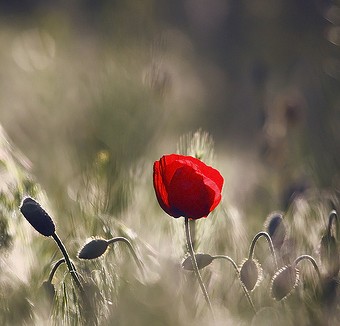Ways Writers Can Spark Creativity
Writers are always seeking the spark of creativity that will translate into a flame of brilliance as they write their stories. Although much of writing is just hard work and concentration, that doesn’t mean passion for story has to be pushed aside or is inaccessible due to the “nuts and bolts” of crafting a novel or other piece of writing.
Over the past few weeks we’ve been looking at what passion looks like in writing and some of the ways writers can tap into the passion of their story. Granted, it helps for a writer to be writing on a subject they feel strongly about. It may be a theme the writer wants to explore as a way to share her heart on the subject. Or it may be an exciting “what if” plot that gets her creative juices going envisioning the diverse and intriguing ways characters might react when put in such situations or crucibles.
Don’t Bother Writing a Boring Story
It should go without saying that if your own story idea bores you, maybe you shouldn’t waste weeks, months, or years of your life writing that book. Don’t just write a book to write one, unless you just want to challenge yourself to accomplish such a goal, which is what some people strive to do during Nanowrimo (National Novel Writing Month in November each year). I’ve spoken to many people who wrote a novel just to see if they could do it, and for many, that end was satisfying in itself.
But for a serious career novelist (or poet or short-story writer) who wants to tell a compelling story, and hopefully more than just one in his lifetime, it’s a good idea for him to come up with a concept that excites him, for whatever reasons. That doesn’t necessarily mean it should be a novel. Many ideas or concepts are perfect for an article or short story but don’t have “legs” to really fill a novel. And that’s an entirely different topic to discuss in the future.
Some Ways to Find Your Way Home
But let’s say you do have a great concept for a novel, and you feel passionate about the story. You’ve done all the hard work of plotting; developing rich, complex characters with stories of their own; and setting up the core conflict and plot and subplot goals and arcs for your story. You know the “take-home” message or feeling you want the reader to get at the end of the book. And maybe you’ve put in some good writing so far.
At times the story seems to be hovering over some lost horizon. You could be wandering a bit lost, and as the cliche goes: you can’t see the forest for the trees. A novel is like a huge forest with so many trees (elements) that our vision can get muddled and our eyes tired from trying to “see the big picture” all the time.
I know for me, the only way I can really keep the pacing up and stay clear and on track is to reread everything I’ve written every so often as I’m working on the book. I mean many times. By the time I’m at page two hundred, I’ve reread those first two hundred pages dozens of times straight through. Not to edit but to get a feel for the flow and see if it’s telling the powerful story I mean it to tell. Sometimes our stories get those legs and start to run away (or amok) and we have to chase after them. And that’s hard to do when the characters are egging us on and daring us.
3 Ways to Spark Creativity
So, instead of wandering lost in the woods, trying to figure out where you lost that passion (did it fall out of your pocket along with the bread crumbs?), there are a few things you can do to help you find your way back to the passionate heart of your story. Last week I talked about getting a change of scenery or routine. Maybe these might also help you:
- Listen to evocative music. Choose some music to listen to before you sit down to write your scene or as you begin to brainstorm your ideas before actually writing. Some people (like me) really can’t listen to any music or noise while writing; they need quiet. Others find music very helpful to get the creative juices flowing. One author who writes thrillers likes to listen to movie soundtracks—from tense, action-packed films. Other writers enjoy classical music or jazz. It might help to choose music that “fits” the genre you’re writing. I am sure more than one writer while crafting a tragic romantic moment played Celine Dion’s rendition of “My Heart Will Go On” from the movie Titanic.
- Try some unbridled freewriting. Writing freely without your infernal editor censoring you or criticizing is very helpful. I’ve read some books on Gestalt-type writing that shows this kind of freewriting really unleashes emotion and inspiration. Freewrite in the first-person voice of one of your characters and let her ramble about her life, dreams, and fears. Freewrite about an object that needs description in a scene. If you wrote a passage about a woman carrying an umbrella and it sounds lifeless and boring to you, spend some time freewriting a page about this woman. Make up a story and history for her, tell the worst and best moments of her life, give some crazy reason for her being out in the storm. Just let your imagination go. We rarely let ourselves loose like this when confined to the parameters of the story we are trying to write, so just write on a blank sheet of paper or a blank document knowing you can just toss it when you’re done. You may be quite surprised to see what happens when you let yourself go wild.
- Look at images. If you need to write a scene set in a dark urban alley, or a scene along the cliffs of a rugged coastline, try searching for images to gaze at. Google images and compfight.com will show you hundreds, if not thousands, of images. And if you find some intriguing ones, think about doing that freewriting exercise, drawing one of your characters into the setting you are studying, and letting the character talk to you. If you let your characters emote and show what they are passionate about, that can get you passionate about telling their story. For me, what ignites my passion for my story is when I get to the heart of my characters.











I felt moved to comment because where you contrast writers who use NaNo “…just to see if they can do it…” with “But for the serious career writer…”. Why take a whack at the NaNo participants? Yes, for some folks, they have to see if they can get through the entire writing process. Sure, some of the works written should be buried at midnight in the dark of the moon.
But, along the way, something magical happens to the writer. That character will suddenly start speaking to them as they write…or the subconscious will supply the answer to the dilemma on cue. They’ll experience the joy and ecstasy of writing.
These magic moments won’t happen if they aren’t writing, and for the new writer (or the writer that needs validation), the community-based feedback, encouragement, and validation that comes with NaNoWriMo is just what they need.
Also, because NaNoWriMo is concerned about word output and nothing else, the ‘unbridled freewriting’ you speak about fits right in. I encourage all Wrimos to count all words, even those spent on character studies or just random notes to themselves within the manuscript. This encourages unbridled freewriting.
Yes, people use NaNo for a variety of purposes, including therapy. A significant number (I would guess ‘most’) of the works generated in November will never see the light of day. But that doesn’t characterize many of the NaNo participants, hundreds of whom have had their work traditionally published. I am not one of those (yet), but I do consider myself a serious career writer—and I am not just a proud member of NaNo, but one of the Municipal Liaisons.
Thanks for the comment. I’m not knocking NaNoWriMo at all, as you can see. There are good habits that come from pushing to write a lot of words in a short time. I think the best thing is the discipline. But I do feel a serious career writer, who is writing novels for life, isn’t going to write novels that way. When you are under contract to put out two novels a year, you might whip out a novel in a month. Some writers I know do just that and get great reviews on those books. But the point to me is to focus on the craft and quality of the writing and not the word count goal.
El Salvador’s civil war was one of the most photographed wars in history. I often look at the photos and even sometimes describe the scene I see, putting my protagonist down in the middle of the chaos. That is one good thing about writing historically based fiction.
I also talk to Salvadorans a lot, mostly the older ones. The young ones know nothing about the war. The elders don’t want them to know. Plus it hurts too much to talk about it. So they stuff it down, hoping it will go away.
Just live your life. Life is never boring and there are stories to be told all around you, Beth
You can also dress in rags, go out walking amongst the common people, and roll some drunks. Great for creativity and spare change for coffee.
I think it was Walt Whitman who first did this.
Or was it Shakespeare?
I get those old dead guys confused, but they had some GREAT ideas!
These “passion” blogs have been thoroughly enjoyable and enlightening. Music seems to excite the creative part of the brain. To expand on your ‘looking at images’ idea, one might take it to the next step and visit a particular place. When writing about a Revolutionary War encampment, I visited the national park, wandered way off the beaten trail, happened upon an original collapsed chimney that soldiers used in 1780. I sat on the dirt before it, and believe me, tears and inspiration flowed! Keep these posts coming…
Thank you for initiating this discussion about literary creativity.
Another stimulus that can prove useful is art. When I taught creative writing I used to show the students a painting and get them to think about the situation within it. Paula Rego has some quirky, enigmatic paintings that can be very stimulating and which provoked interesting work.
@Cslakin. This has to be one of the best articles I’ve read on creative writing. Thanks for sharing this with us. I use classical or old school R&B to get into the groove while writing.
I think I use all three of these.
I use music to the point that my current work-in-progress has a whole spotify playlist that I’m calling its “soundtrack”, using all the songs I’ve used to get into the mood for different sections of the storyline.
The freewriting point especially resonates because my first draft is almost entirely written using that technique. Editing and the second draft can give it a neater 3rd person narrator, but for now it’s all the different characters telling me what their story is.
On images, I use all kinds of software to imagine and picture the settings: for example, I use a home furniture planner to design the places my characters live and get a feel for the environment. Anything to give it a sense of being a real space that links together (it also helps me to think about what these sorts of people would have in their home and thus gives another way of making the characters, as well as the setting, come to life).
Thanks for the suggestions! I usually freewrite when I want to come up with some more creative ideas but I haven’t tried just looking at images or just listening to music yet, I’ll have to try both out. I may try to avoid Celine Dion, however :).
Good tips! I have another:
http://adamsapple2day.blogspot.com/2015/03/writing-tip-tuesdays-take-hike.html